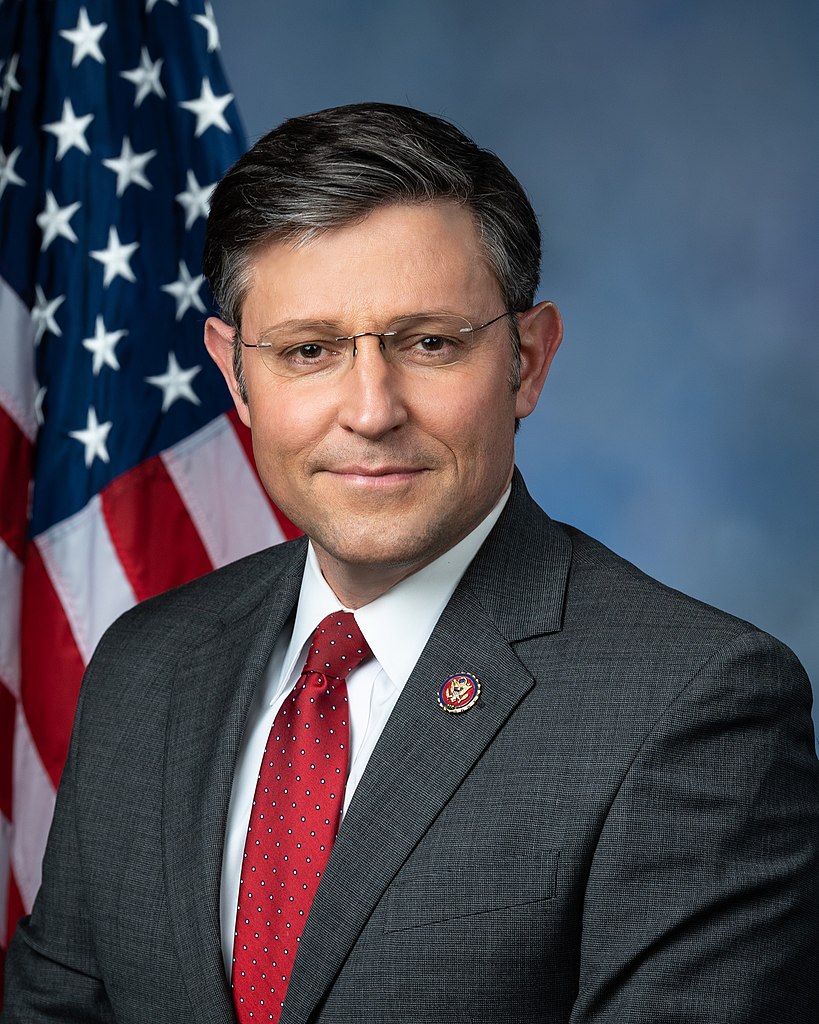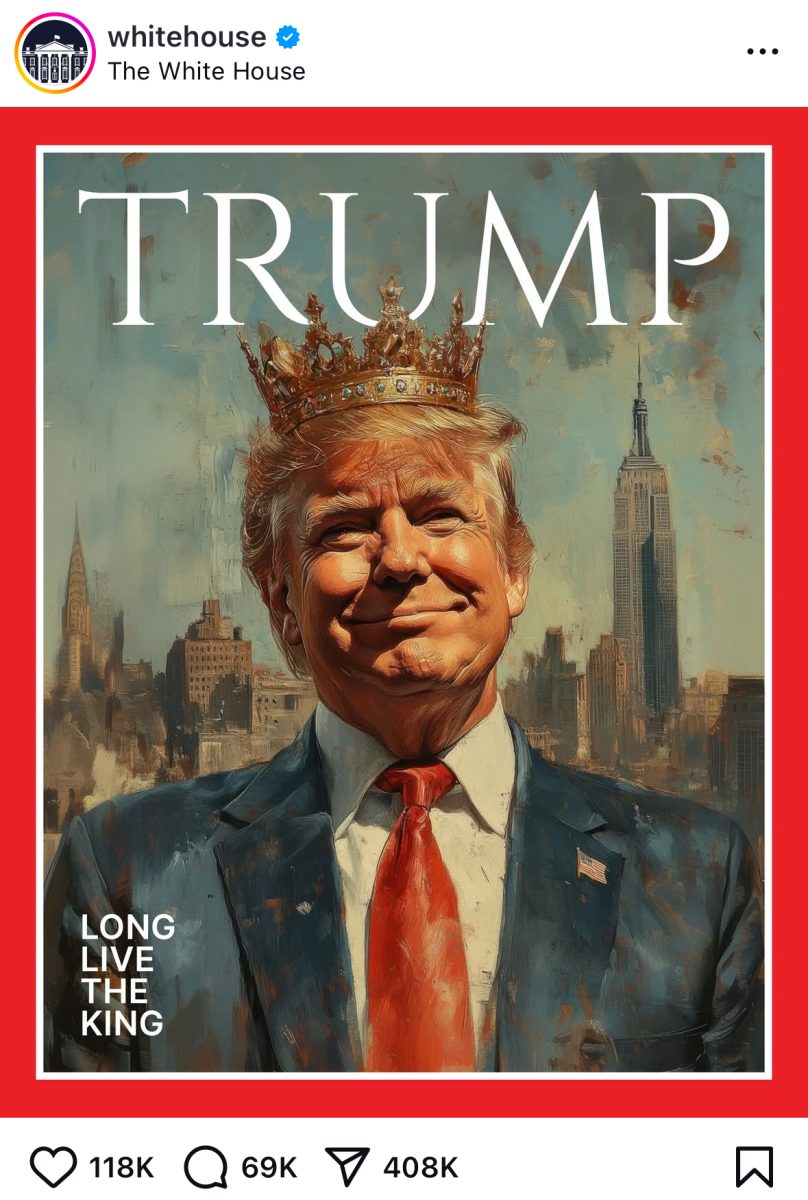When Donald Trump shocked the world on Tuesday, Nov. 8 by winning the presidential election, he did so by tapping into the historic reality of white supremacy in the U.S.
Not white supremacy to the tune of the Ku Klux Klan or Neo-Nazis, but a less evil, yet more powerful form of white supremacy; one where white voters choose the outcome of an election based on an innate fear of the other.
Trump used his incredible political shrewdness to tap into the insecurities of white working class voters across the country and scare them to the point of casting their vote for him — a man that they knew was a bigot with sexist tendencies.
This tactic is what allowed him to win or at least perform drastically better than previous Republicans in areas that were once considered Democratic strongholds. Examples can be found in parts of the Rust Belt that had been considered forgone conclusions for Hillary Clinton going into the election. A microcosm of this phenomenon can be seen in the industrial town of Youngstown, Ohio. President Obama managed to win Youngstown by over 20 points in 2012. Yet, in 2016 Trump managed to close the partisan gap; the Youngstown vote resulted basically in a draw.
Trump picked on the insecurities of white voters from moment he kicked off his campaign when he argued that, “when Mexico sends its people, they’re not sending their best. They’re not sending you. They’re not sending you. They’re sending people that have lots of problems, and they’re bringing those problems with us. They’re bringing drugs. They’re bringing crime.”
By making this outlandish and unfounded claim, he had already essentially cast aside Latino voters as a waste of his time. Yet he caught the attention of the white union workers in Ohio, Michigan, Wisconsin and other industrial states with large, white working-class voter bases. For years these folks have witnessed their relatively high-paying jobs go to Latino laborers who are willing to work for cheaper and longer than they would.
Other manufacturing jobs that had been lost, Trump suggested, had been moved to Mexico, China and other foreign nations with “smarter leaders” thanks to free trade deals like NAFTA that were touted by a U.S. government supposedly fueled by special interests.
It does not matter that Trump did not offer any tangible plan to ameliorate the issues he pointed out as he ran. For example, his suggestion to build a wall funded by Mexico on our southern border was absurd, unrealistic and never taken very seriously.
However, recognizing the issues faced by white working-class voters was enough to net those folks that felt forgotten by a system that seemed to favor the “other.” Many of these folks are the same ones that for so long, the Democratic Party has counted as extra votes. Yet the Democratic Party failed to listen to the voices of these voters for too long. The tides were bound to shift.
The fortunate news for the Democratic Party, and all of those vilified by Trump, is that demographics are shifting out of Trump’s favor. While his tactics may have worked this year, in four or eight years minority groups will make up too much of the electorate for his strategy to continue to work (currently, less than 30 percent of the electorate is made up of minorities; yet, by 2032, it will be over 40 percent).
In this regard, the Trump presidency is an exclamation point at the end of de facto white supremacy.
Yet, it is important to note that we must also recognize the faults that President-elect Trump pointed out in our system; the white-working class feels forgotten by an unforgiving system that they believe favors elites and minorities. The American people deserve a legitimate solution to these issues.
Trump routinely delegitimizes himself with his lack of substance or actual understanding of the issues at hand. Yet, his ability to identify these issues at all was enough to win him the presidency.
















